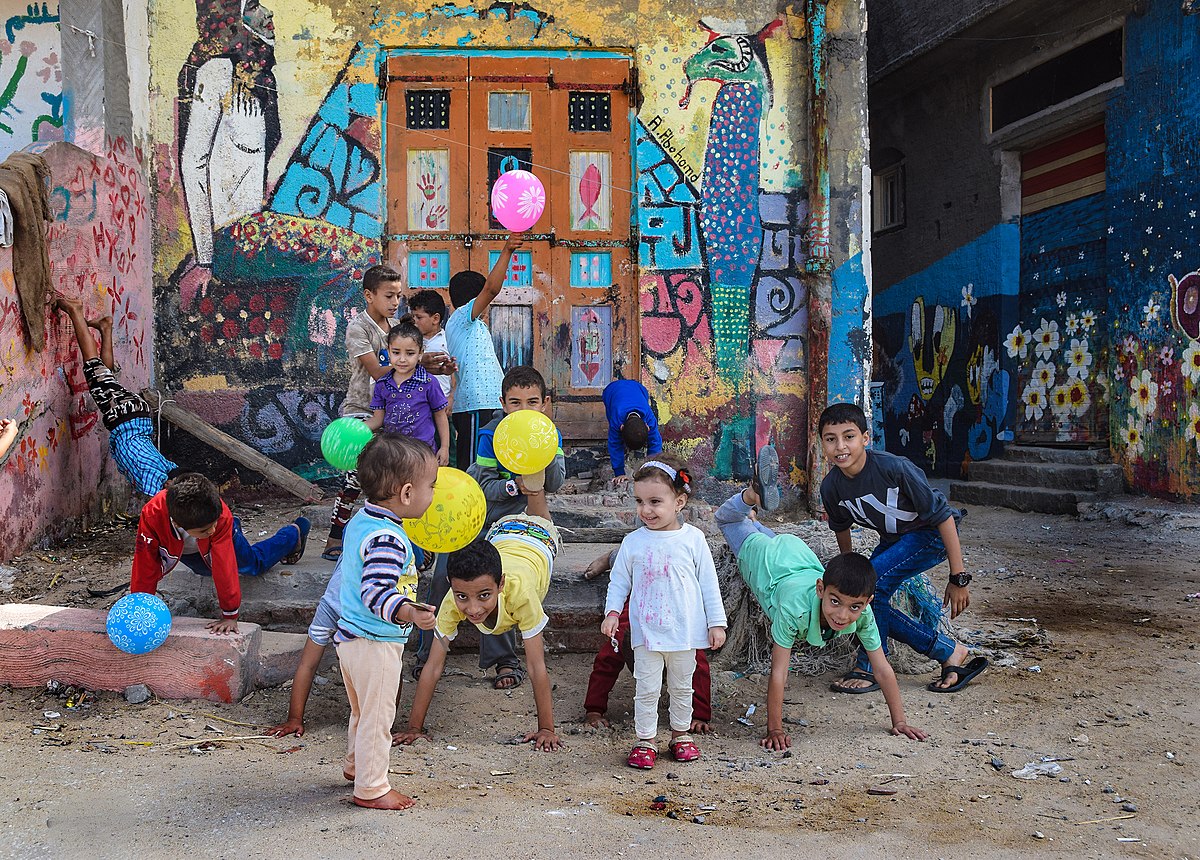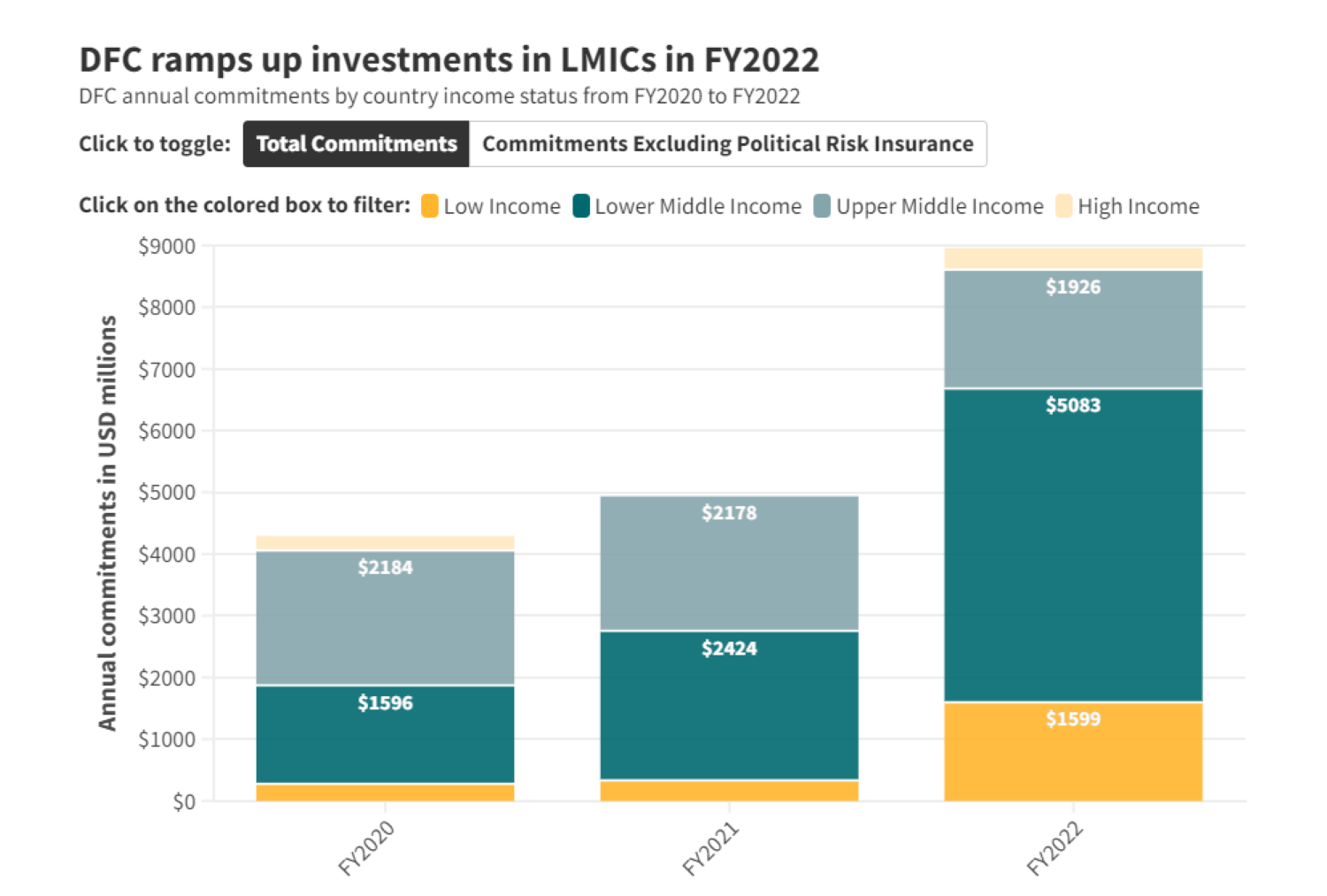This year’s G20 was notable for its emphasis on multilateral development bank (MDB) reform, with US National Security Advisor Jake Sullivan conveying in advance that the President would focus “a lot of his energy… on the modernization of the multilateral development banks, including the World Bank and the IMF.” (IMF savvy readers know it is not an MDB.) It is rare for a US President to prioritize MDBs at all, much less put them front and center.
President Biden arrived in New Delhi prepared to tout his $2.25 billion ask for the World Bank, which includes $1.25 billion to support global challenges (i.e., the current euphemism for climate change) in middle-income countries and $1 billion to top up IDA’s crisis window, which provides emergency funding for the poorest. Sullivan stressed that the US would “put on the table” the funding request to Congress to show “that the U.S. is not just talking the talk but…actually walking the walk.” Unfortunately, the Administration cannot actually walk the walk unless Congress enacts the act, which as I argued here, is a long-shot.
The G20’s declaration spilled a lot of metaphorical ink on the MDBs, leaning in heavily on the reform agenda and calling for “comprehensive efforts to evolve their vision, incentive structures, operational approaches and financial capacities.” Leaders recognized the need for additional resources, focusing (again) on balance sheet optimization while committing to “explore options” to “deliver a powerful boost to IBRD headroom, reduce the cost of investments addressing global challenges and increase the capacity of the IDA crisis window.” These three priorities mirror the US request exactly, but this result fell short of the Administration’s goal, which was to secure funding commitments from other G20 countries. This was made explicit in late August when Sullivan said that President Biden’s IMF and World Bank proposals would generate nearly $50 billion in new lending ($25 billion each, which for the World Bank reflects a leverage factor of more than ten) and that “because our expectation is that our allies and partners will also contribute, we see these proposals ultimately leveraging over $200 billion.” He reiterated this point days before the Summit, saying that “we’re working to make sure other partners follow our lead.”
This aspiration was not met. In response to a question on the possible timing of other pledges while in New Delhi, Treasury Secretary Janet Yellen affirmed that the US had asked countries to join…“to the extent that they’re able,” and that she remained “hopeful”’ that others would come forward. The White House put a positive spin on the outcome, emphasizing that the president “rallied the G20 to collectively mobilize more headroom and concessional finance to boost the World Bank’s capacity to support low- and middle-income countries.” But the fact of the matter is that President Biden came home empty-handed, and the world’s poor were shortchanged.
It is standard fare for the G20 to issue lofty statements without any real muscle behind them, but the discordance in this year’s declaration is especially grating because explicitly and implicitly, the G20 have heaped exceptionally large burdens on the MDBs all in the context of what the leaders acknowledge are cascading crises and heavy debt loads. Among the sweeping goals embedded in the declaration are: eliminating hunger and malnutrition, strengthening health systems, delivering quality education, advancing gender equality, addressing climate change, narrowing skills gaps, protecting biodiversity, mobilizing private investment, and supporting digital transformation (which, it’s worth noting, received an unusual degree of emphasis in World Bank President Ajay Banga and IMF Managing Director Kristalina Georgieva’s joint statement as well as in the White House fact sheet).
Most of these development challenges are especially intractable in the Global South, and for many of them the road from ambition to delivery runs right through the MDBs. But the MDBs cannot deliver on new mandates—much less their current ones—through balance sheet optimization and internal reforms alone. Without new resources they are just being set up to fail. Appetite without sustenance is a lose-lose proposition, and the commitment to “explore options” for boosting MDB capacity is pretty thin gruel.
CGD blog posts reflect the views of the authors, drawing on prior research and experience in their areas of expertise.
CGD is a nonpartisan, independent organization and does not take institutional positions.





